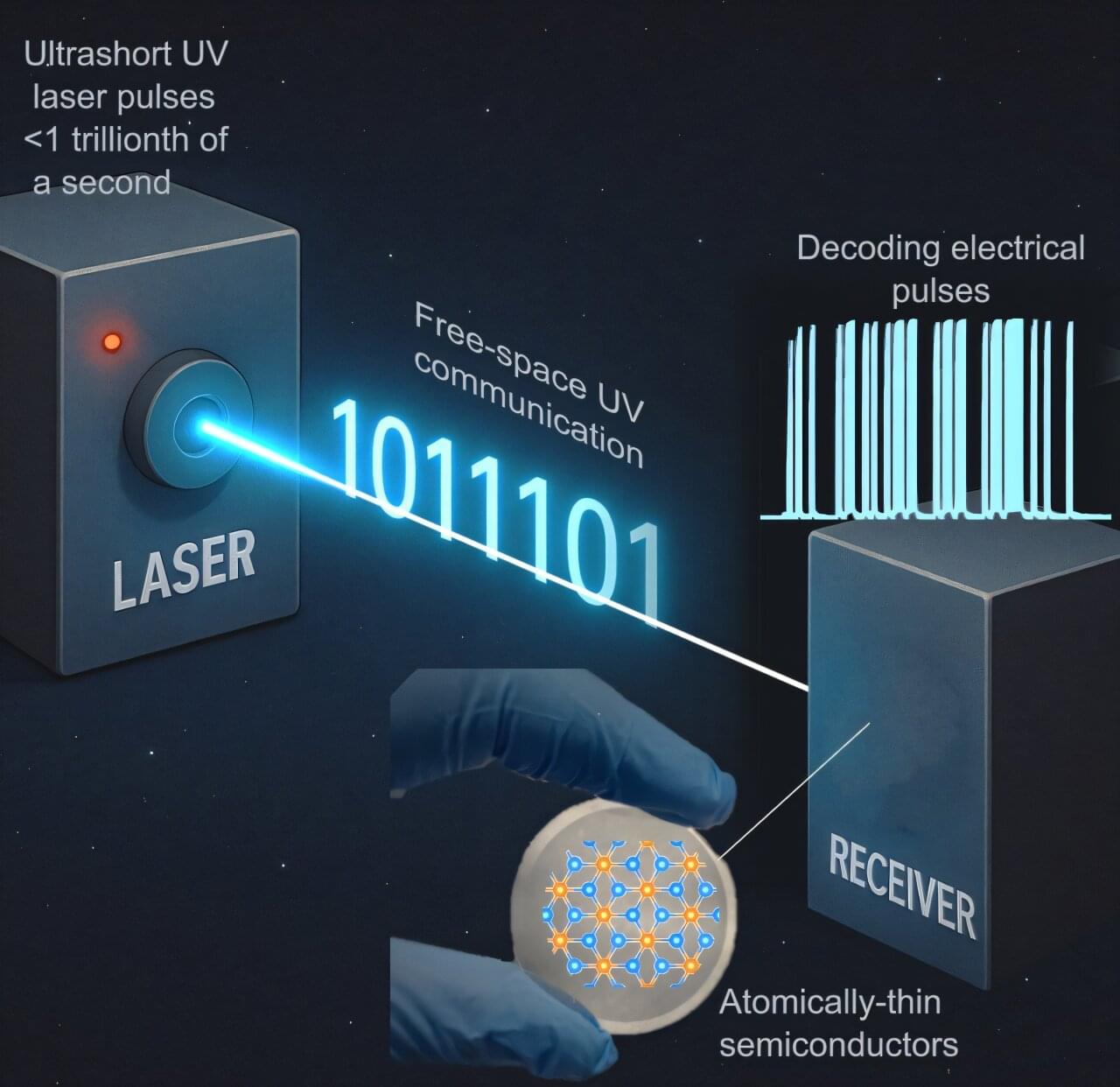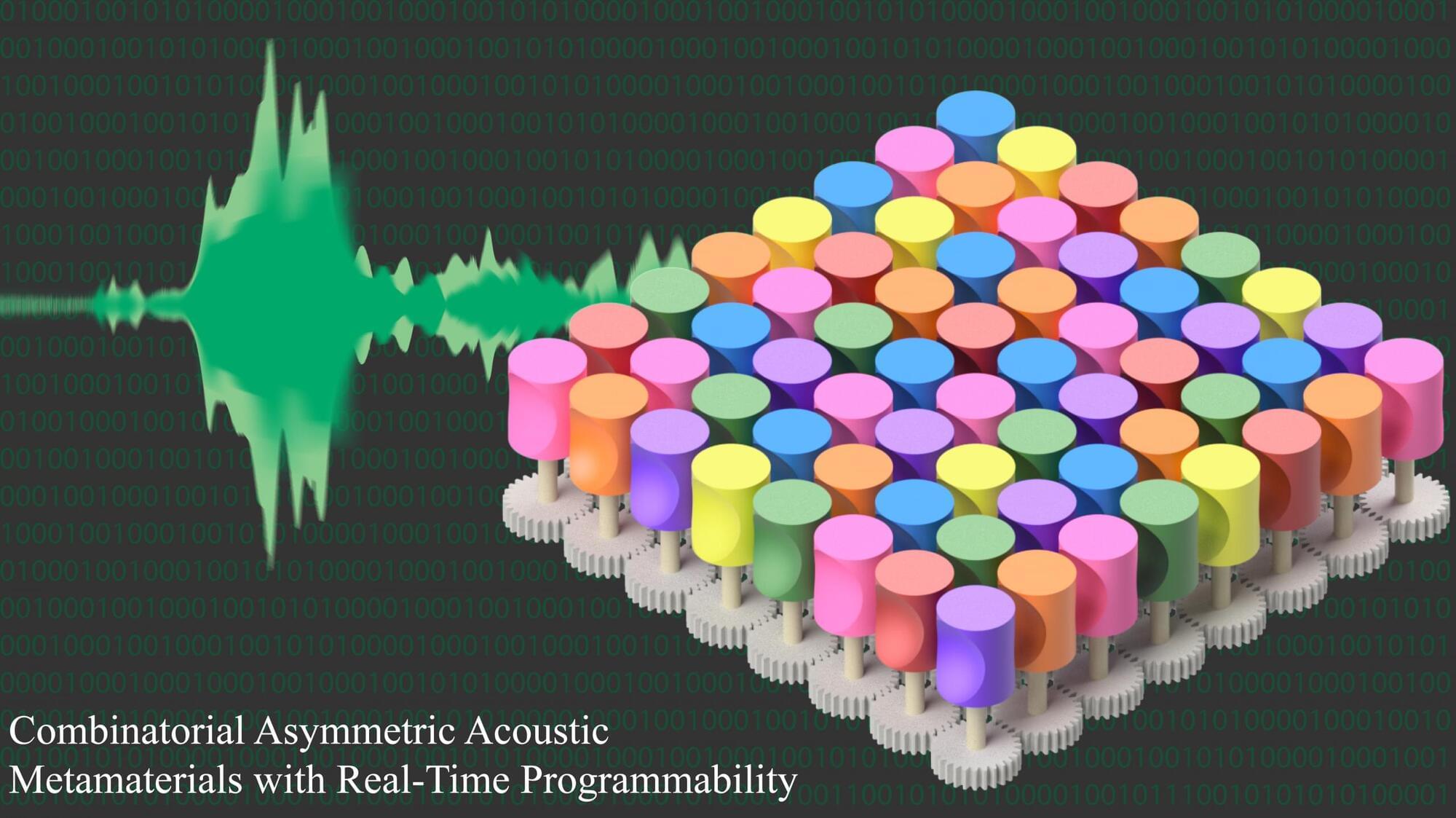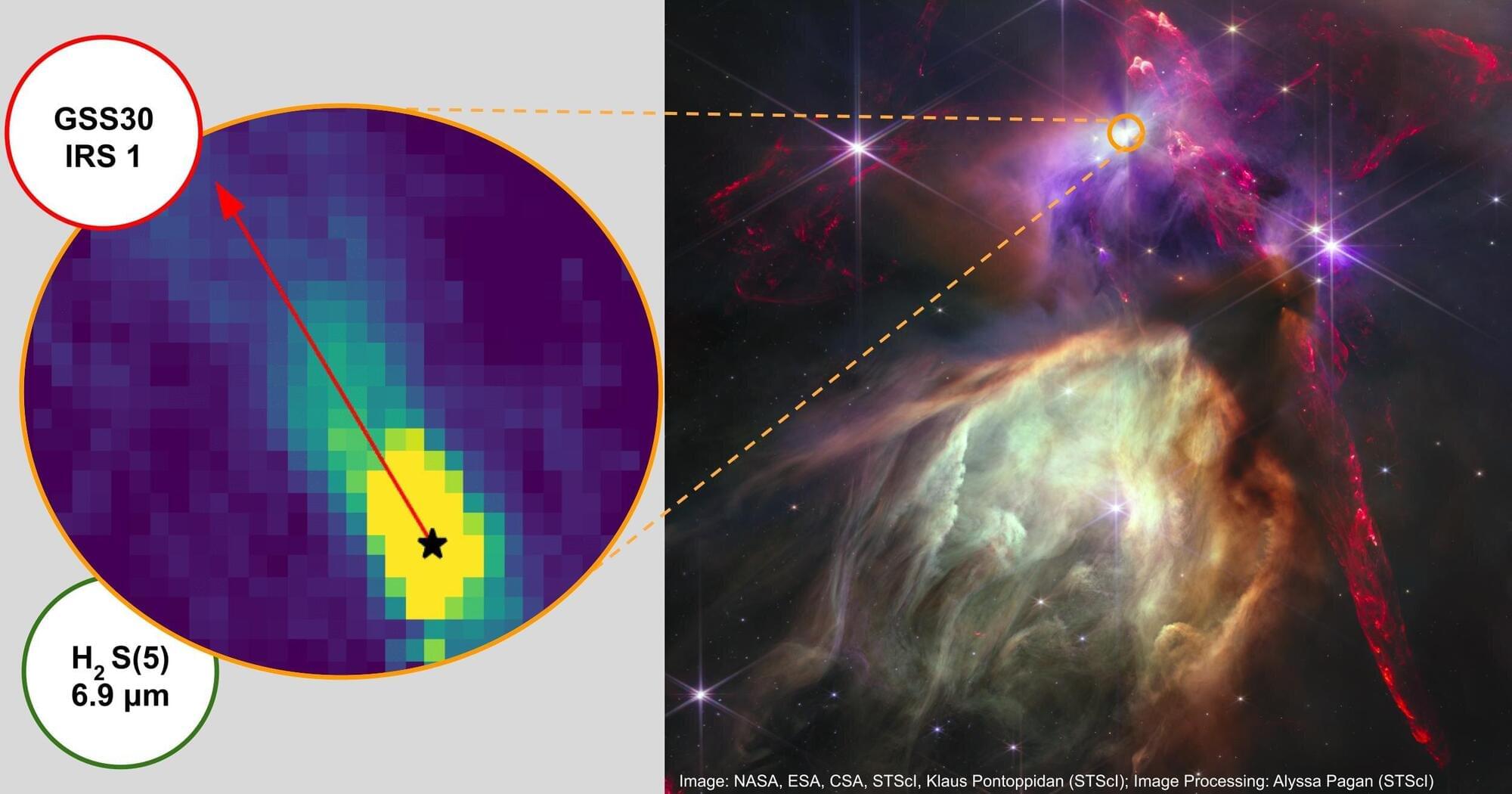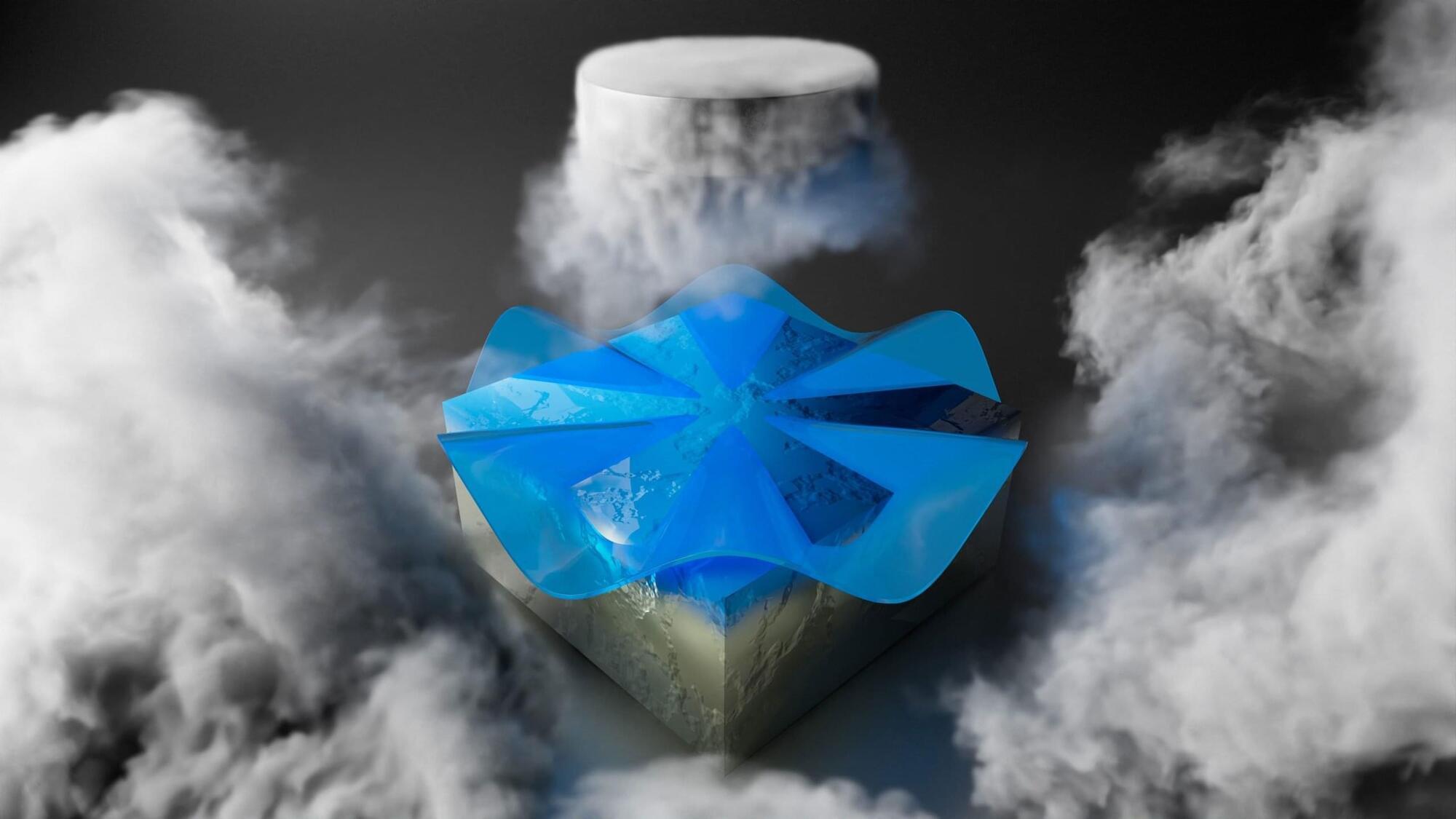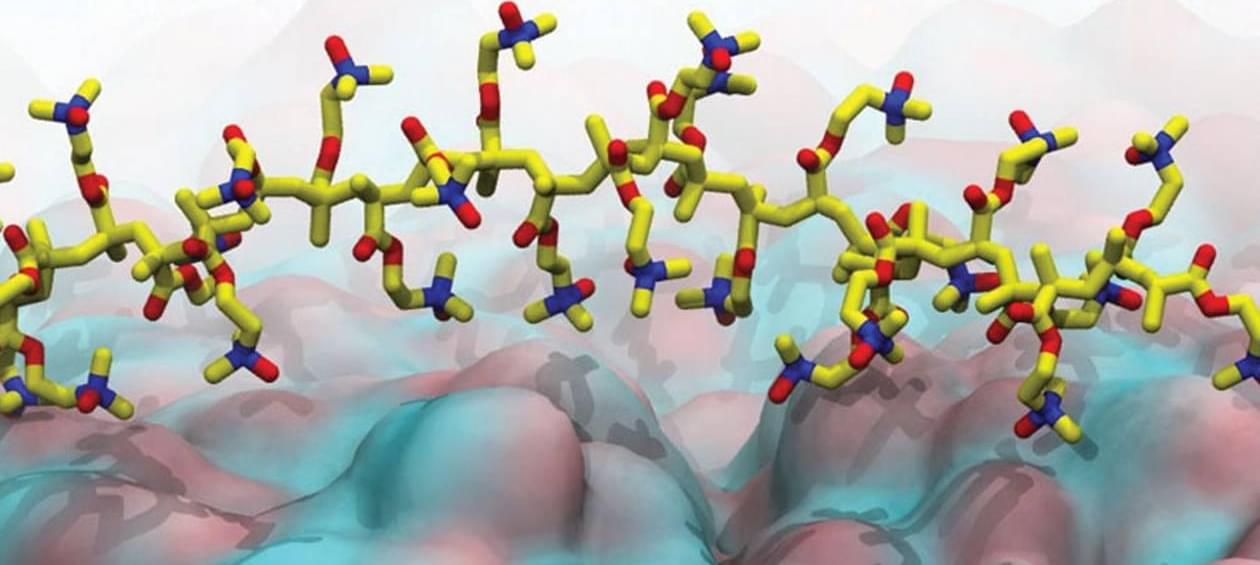Scientists have developed a new platform for the generation and detection of ultrashort UV-C laser pulses on femtosecond timescales. This breakthrough could unlock new opportunities for transforming optical wireless communication systems, material processing applications and medical imaging.
Scientists from the University of Nottingham’s School of Physics and Astronomy and Imperial College London developed the new platform. The source produces pulses of femtosecond duration, less than 1 trillionth of a second. These pulses are detected at room temperature by sensors based on ultrathin (two-dimensional, 2D) materials. The paper is published in the journal Light: Science & Applications.
Professor Amalia Patané, from the School of Physics and Astronomy at the University of Nottingham, led the development of the sensors. “This work combines for the first time the generation of femtosecond UV-C laser pulses with their fast detection by a new class of 2D semiconductors. These can operate over a wide range of pulse energies and repetition rates, as required for many applications,” says Patané
